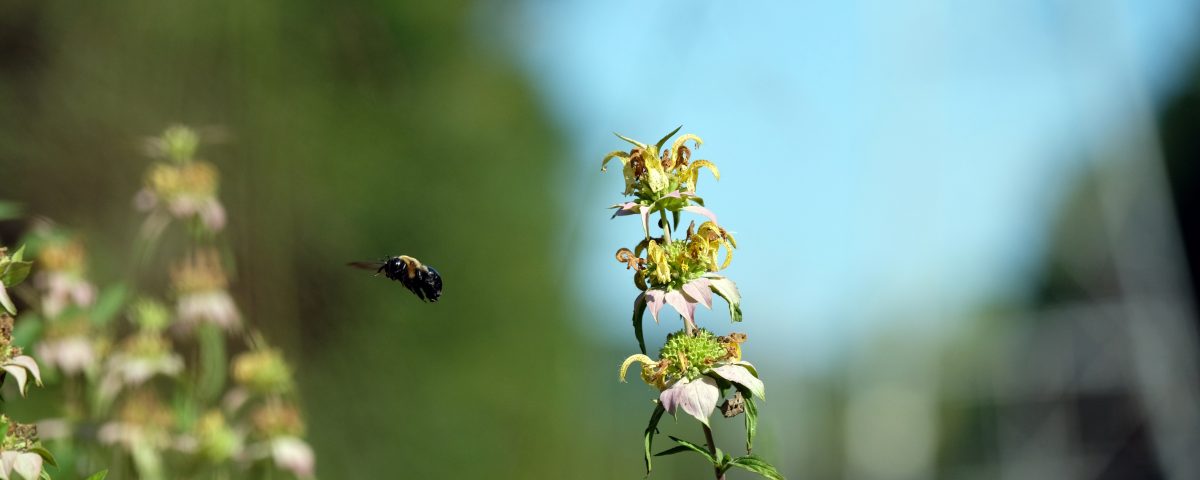
Catawba Lands Conservancy protects 60 acres in Mountain Island Lake watershed
May 13, 2020
Black Voices and the Outdoors
June 5, 2020If you’ve ever paddled the South Fork River south from Spencer Mountain, you’ve traveled right alongside our Pinhook Preserve, perhaps without even knowing it. Pinhook, also known as The Bend in the River, encompasses 125 acres in Gaston County along the South Fork. The area is covered with planted loblolly pines, hardwood forests, floodplains, oak hickory forests, and even the threatened bigleaf magnolia. Here are two ways we’re working to encourage healthy native plant ecosystems within the preserve.
Prescribed burning
Unfortunately, fire suppression in the southeastern United States has caused a decline in the health of hardwood and oak hickory forests throughout the Carolina Piedmont, including those on the Pinhook property. It is the Conservancy’s goal to work with the North Carolina Plant Conservation Program (NCPCP) to rejuvenate these forested areas by performing a prescribed burn. The NCPCP protects imperiled plants and unique habitats within the state of North Carolina. In recent years several prescribed burns on our adjacent Redlair Preserve have helped restore endangered Schweinitz’s sunflower habitat, and we hope that we’ll see similarly positive results in Pinhook’s forests.
Native pollinator habitat
Pinhook also includes a Duke Energy powerline right-of-way, enclosed on both sides by the South Fork. Duke Energy agreed to give maintenance responsibilities to the Conservancy in order to restore and improve biodiversity in the cleared right-of-way area. Our approved management plan for the right-of-way will achieve our stewardship goals of invasive species control, habitat restoration, as well as Duke’s goal of right-of-way maintenance. While this area will not be burned due to safety concerns, we hope that burning the adjacent forested areas will thin the existing tree canopy enough to encourage wildflowers and native plants to emerge along the right-of-way, creating a beautiful habitat for pollinators.
Photo by Nancy Pierce.

